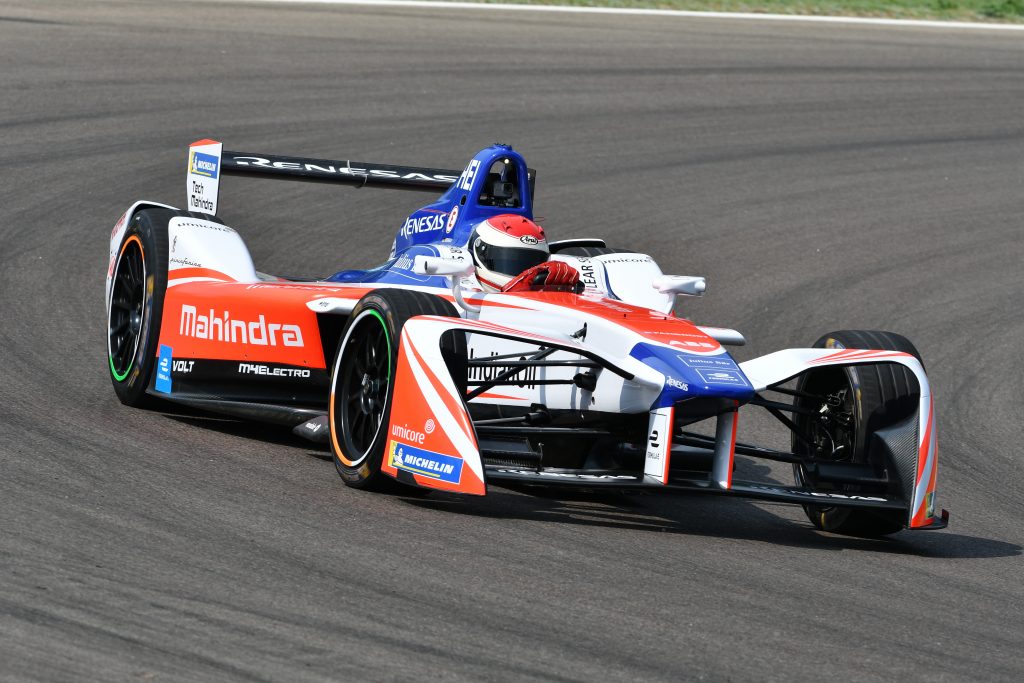
This image is licenced under Adobe Stock. Please refrain from using it without proper permission.
Formula 1, the pinnacle of motorsport, is renowned not just for its adrenaline-pumping speed and skill on the field, but also for its continuous stride towards technological innovation from a technical perspective. With each passing season, F1 teams seek out ways to further refine their machines, making them faster, safer, and more efficient. This relentless pursuit of advancement is what keeps F1 at the cutting edge, a spectacle for fans and a marvel for engineers.
Aerodynamics: Crafting the Perfect Airflow
Aerodynamics play a monumental role in the performance of an F1 car. With each season, teams refine their car’s shape to minimize air resistance and maximize downforce, which helps the car grip the track.
Over the years, we’ve seen the evolution of front and rear wings, diffusers, and even the addition of components like bargeboards to better manage airflow. Recently, the sport also introduced simplified front wings and banned complex winglets, aiming to reduce turbulent air and promote closer racing. These changes underline how aerodynamics isn’t just about pure speed but also about the overall racing spectacle.
Power Units: More than Just Engines
Gone are the days when F1 cars were powered solely roaring V12s or V10s. Today’s F1 cars use hybrid power units, which combine traditional internal combustion engines with energy recovery systems giving drivers more speed than ever before!
The ERS captures waste energy, usually lost during braking or the heat from the engine, and converts it into electrical energy (effectively, heaps of speed). This energy can be stored and then used to boost power, making the cars not only faster but also more energy-efficient. Each season sees refinements in these systems, squeezing out more power and efficiency, often in response to ever-tightening regulations.
Tyre Technology: The Rubber Meets the Road
Tyres are an essential part of F1, either rocking the wets at Silverstone, or the super-softs in the heat of Bahrain. In recent years, Pirelli, F1’s tyre supplier, has provided teams with a range of compounds, each with its unique performance and longevity characteristics.
Teams and drivers must make strategic choices about which compounds to use in a race. The constant evolution of tyre technology, combined with feedback from teams, ensures that each season offers fresh challenges and strategic depth, influencing pit stop strategies and on-track battles.
Over the years we are finding teams are becoming more clued as to which tires work best, that combined with revolutions in tire technology from the suppliers, is creating constant advancement.
Digital Advancements: Simulations and Sensors
Behind the scenes, F1 cars are brimming with sensors and onboard computers. These devices capture a plethora of data, from tyre temperatures to engine performance metrics. Teams analyse this data in real-time, making split-second decisions that can determine race outcomes.
Just as the team will analyse performance from the tires, advancements in technology over the years, are giving teams more data to work with, allowing them to make more informed decisions which increase speed in turn.
Moreover, advancements in simulation technology mean that before a car even hits the track, its design has undergone extensive testing in virtual environments. This helps teams predict performance, refine aerodynamic features, and even practice pit stops, ensuring that when race day comes, every possible variable has been accounted for.
The world of Formula 1 is a fascinating blend of sport and science, passion and precision. The cars that grace the tracks today are the culmination of decades of technological evolution, with each season bringing with it fresh challenges and innovations. Whether you’re a die-hard fan or a casual observer, the relentless drive of F1 teams to push the boundaries of what’s possible is nothing short of awe-inspiring.
